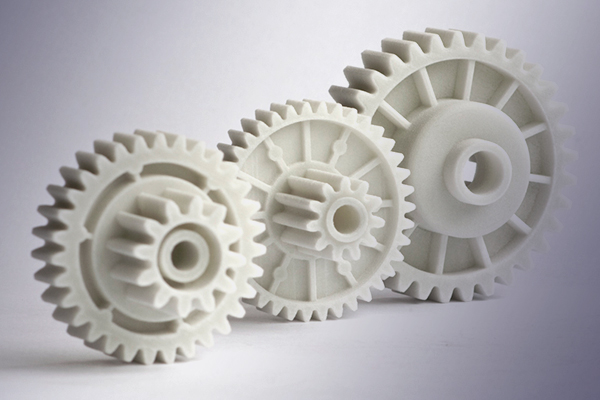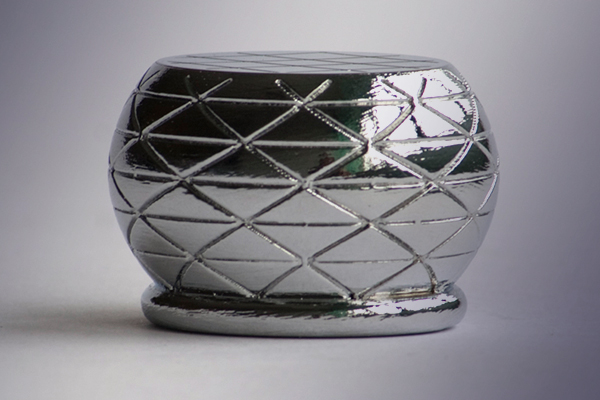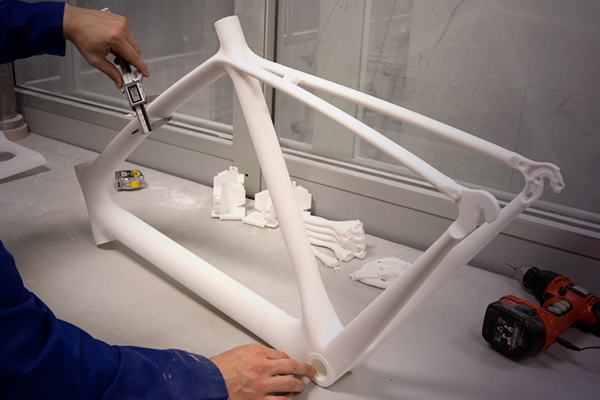Rapid prototyping
Rapid prototyping can be defined as an industrial process to quickly produce a three dimensional model of a product or design based on its 3D CAD model.
Today in manufacturing industry the role of rapid prototyping is fundamentally important. Rapid prototyping can save significant amounts of time and money in design process. Products and components can be tested before going into mass production.
Rapid prototyping models can be created for testing and verifying product design very early in the development process. The designer can examine the prototype and revise the product design, usability and feel.
Rapid prototyping is also commonly applied in functional prototyping allowing to test product performance early in the design process and to make potential changes. Test performance during the development stage can help to demonstrate and evaluate other non-functional aspects of the product.
IDEAL FOR
- Short timing of completion and delivery
- Value for money
- High degree of detail to get as close as possible to the real object
- Possibility of high quality finishes
- Suitable for aesthetic and functional tests
PROTOTYPES IN SB3
Since the late 1980s when the first methods for rapid prototyping became available, today there is a group of techniques used and a vast variety of materials and characteristics available to create a fully functional high-quality prototype.
Applied technologies
The models made using Laser Sintering (SLS), Stereolithography (SLA) High Speed Milling technologies, guarantee:
• high dimensional accuracy
• increasingly precise finishes
• performance, such as resistance to mechanical, chemical, thermal and climatic stress, of the highest level
Finishes and Related Services
Complete your prototype choosing among the aesthetic finishes available




